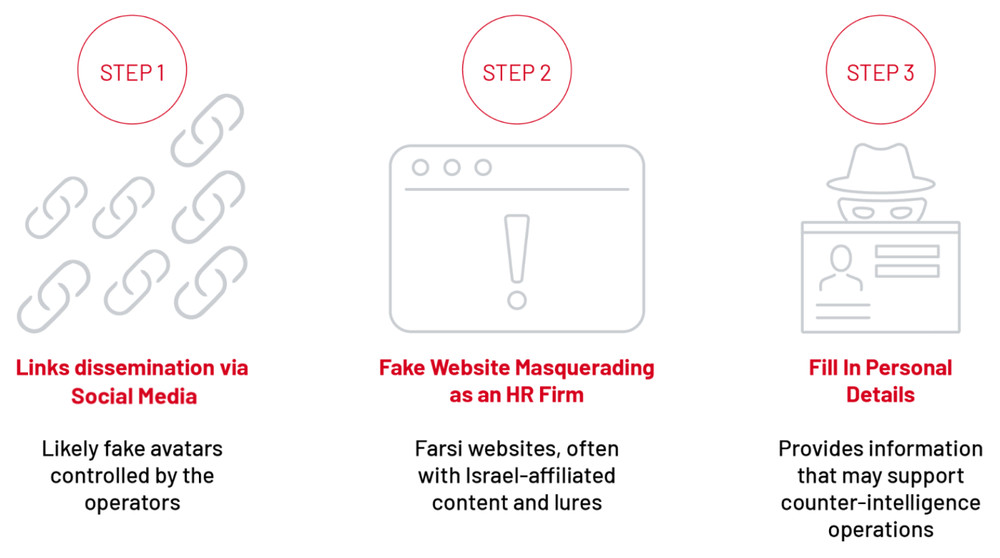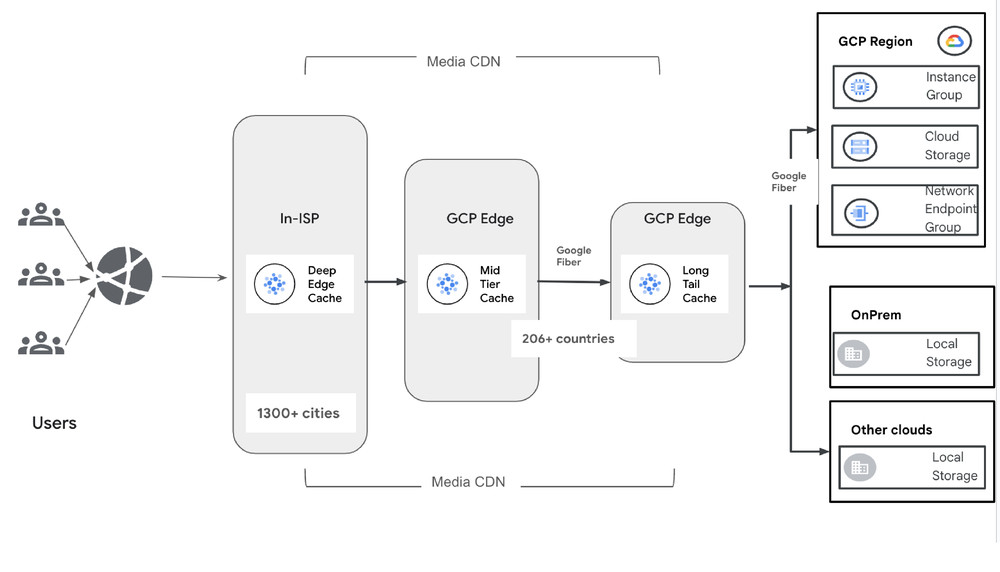Every year in the United States, distracted driving claims thousands of lives and causes immense financial damage. More than 1.6 million accidents annually are caused by cell phone use while driving, and another 1.5 million result from drowsy drivers falling asleep at the wheel. These devastating—and preventable—accidents have sparked a major push for enhanced driver safety.
This initiative is particularly crucial in the commercial fleet industry, as accidents involving a large truck are often more dangerous and can cost hundreds of thousands of dollars. This post explores an innovative solution that leverages Amazon SageMaker AI and Amazon Bedrock to revolutionize driver coaching and enhance fleet efficiency. By harnessing the power of machine learning and artificial intelligence, we demonstrate how fleet operators can transform raw dashcam footage into actionable insights, empowering real-time driver monitoring and proactive safety measures – reducing costly accidents. Our approach combines AWS Artificial Intelligence (AI) and Internet of Things (IoT) services to create a comprehensive solution that not only detects distracted driving but also continuously improves its performance over time. Through this solution, we aim to show how fleet managers can significantly reduce distracted driving incidents, improve operational efficiency, and ultimately drive down costs in their commercial vehicle operations.
The Challenge: Effectively managing multiple dashcam feeds from commercial vehicle fleet
Today’s commercial vehicles are equipped with multi-camera systems that provide comprehensive coverage: inward-facing cameras monitor driver behavior, outward-facing cameras track oncoming traffic, and side/rear cameras detect cross-traffic and potential rear-end collisions. The sheer volume of video data generated by thousands of vehicles daily creates significant management and analysis challenges. While fleet operators traditionally use this dashcam footage for reactive purposes – such as law enforcement reporting, insurance claims, and driver exoneration – many organizations are missing a significant opportunity to leverage this data. As commercial fleets accumulate more miles, they generate rich datasets that can be used to train AI models capable of facilitating proactive safety improvements.
In this post, we’ll explore how to maximize the value of dashcam footage through best practices for implementing and managing Computer Vision systems in commercial fleet operations. We’ll demonstrate how to build and deploy edge-based machine learning models that provide real-time alerts for distracted driving behaviors, while effectively collecting, processing, and analyzing footage to train these AI models. This approach transforms fleet operations from reactive incident management to proactive safety enhancement, helping organizations convert raw video data into actionable insights that reduce safety incidents and improve overall fleet operational efficiency and cost-effectiveness.
Solution overview
A Distracted Driving Incident can occur when drivers engage in unsafe behaviors such as speeding, rolling stops, harsh braking, and aggressive acceleration. Fleet managers need to understand not just what happened during these incidents, but also the driver’s state of attention – whether they were focused on the road or distracted by activities like using a cellphone, eating, drinking, or experiencing fatigue common in long-haul driving.
Our solution leverages AWS services to create an end-to-end workflow capable of detecting and mitigating distracted driving. The steps involved include:
- Incident capture, ingestion, and labeling
- Model training, optimization, and deployment
- Continuous testing and improvement
Solution deep dive
This solution relies on a mix of AWS IoT, AI and generative AI services to build a scalable and cost-effective solution. Let’s start by looking at high level solution architecture and build the solution step-by-step.
Incident capture, ingestion, and labeling
To start the process of ingesting videos from a driver’s dashboard camera into the cloud, we capture the dashcam’s feed using the IoT Greengrass Kinesis Video Streamer Component. The video is streamed into the AWS Cloud using Kinesis Video Streams and stored in Amazon S3 by leveraging Kinesis Firehose. The videos are then converted into individual frames, analyzed by the Amazon Bedrock Nova Pro model to determine driver distraction, and sorted by an AWS Lambda function into an S3 bucket based on the analysis results. The sorted frames will next be used to train an AI model for edge deployment to detect distracted driving.
From a security perspective, it’s good practice to encrypt data in Amazon S3 buckets using AWS Key Management Service (KMS). You can enforce this by setting up SSE-KMS as the default encryption method to automatically encrypt uploaded objects. We also recommend implementing fine-grained AWS Identity & Access Management (IAM) roles to grant scoped access to images and videos. For data in transit between the edge and the cloud, you can use AWS IoT Greengrass certificates to encrypt your data and enforce identity verification. These measures can help protect against unauthorized access.
With this process in place, we are continually collecting data from our fleet of commercial vehicles (while keeping security in mind). This data is automatically categorized and labeled based on the analysis from our Nova Pro model, and conveniently stored in S3, enabling us to seamlessly train an AI model – a process which we will describe next.
Model training, optimization, and deployment
The following diagram illustrates the process of training and deploying a distracted driver detection model. The process runs inside of an Amazon SageMaker Pipelines Workflow, which allows for seamless orchestration of other Amazon SageMaker AI services. This workflow begins with labeled driver images stored in Amazon S3, generated from the previously described workflow. This labeled dataset – consisting of driver images labeled as “distracted” or “not distracted’ – is used to train a ResNet50 model using Amazon SageMaker Training Jobs running on a Trn1 instance for price performance. As we train, the model learns how to identify distracted drivers. Once complete, the trained model is then quantized to INT8 using SageMaker Processing Jobs, and optimized for our specific type of edge hardware using SageMaker Neo. The optimized model is then stored in the SageMaker Model Registry for version control and governance (this will be helpful later when we iterate on our model with new training data). Finally, the model is pushed to S3 where AWS IoT Greengrass can initiate a deployment to the fleet of edge devices.
Running on the edge, the model performs inference multiple times a second on frames from the inward facing dashcam. (Inference speed calculated assuming edge compute has specs comparable to a Raspberry-Pi class of device.) If the driver is found to be distracted, the system alerts the driver by means of a noise. (ex. driver was falling asleep, and alert awakens them).
With this process in place, we have successfully leveraged the dataset we generated in the first diagram to train, optimize, and deploy our custom model to the ‘edge’ – in this case, to each vehicle in our fleet. Our model is now alerting drivers of dangerous behavior and helping to proactively prevent collisions. But our model likely isn’t perfect – perhaps it misses a dangerous behavior that wasn’t in the training dataset, or alerts unnecessarily. To validate our model is working well and further improve it to reduce errors, we implement continuous testing and improvement procedures.
Continuous testing and improvement
We need to continue to ingest driver dashcam data and compare our edge model’s predictions with our original source of ‘ground truth’ – Nova Pro.
The system collects frames for model validation in two scenarios: when vehicle telemetry detects incidents (hard braking, crashes) or when the edge model identifies distracted driving. These frames are sent to Amazon Bedrock for a ‘fact check’ to see if the edge model performed optimally. The comparative results between Amazon Bedrock and the edge model are stored in a dedicated S3 bucket for model evaluation. When sufficient new validated data is collected, or when the model’s agreement with Amazon Bedrock falls below a threshold, Amazon EventBridge triggers the previously described SageMaker Pipelines Workflow to fine tune, optimize, and re-deploy the improved model to the edge, now powered by our newly collected ‘disagreement data’.
We should also perform comparative analysis of our new model against our historical models stored in the Amazon SageMaker Model Registry to validate that our latest model actually performs better than historical models, verifying we don’t see a regression. If our latest model doesn’t outperform historical models, we should not deploy it, and instead investigate if we are suffering from overfitting or bad training data. In summary, we now have a model running inside fleet vehicles capable of alerting drivers to unsafe behavior. This could effectively reduce drowsy driving accidents by keeping drivers awake and alert, while also warning drivers about unsafe decisions like eating or using a cell phone while driving. This system is also self-training and self-improving, so it will continue to get better over time. Additionally, fleet management companies could aggregate safety data and reward top drivers to further incentivize safe driving habits.
Conclusion
In this post, we’ve explored an innovative solution that leverages AWS services to revolutionize driver coaching and fleet operations. By combining the power of Amazon SageMaker and Amazon Bedrock with AWS IoT and edge computing capabilities, we’ve demonstrated how to create a comprehensive, scalable solution for monitoring and improving driver behavior in real-time. This solution addresses the challenges of managing vast amounts of dashcam footage from commercial vehicle fleets, transforming raw video data into actionable insights. By implementing an end-to-end workflow that includes incident capture, categorization, model training, deployment, and continuous improvement, fleet operators can shift from reactive incident management to proactive safety enhancement. The benefits of this approach include:
- Enhanced safety: Real-time detection of distracted driving behaviors allows for immediate intervention and coaching.
- Improved efficiency: Automated analysis of dashcam footage reduces manual review time and costs.
- Scalability: The solution can handle large fleets and growing datasets with ease.
- Continuous improvement: The system learns and adapts over time, becoming more accurate and effective.
- Cost-effectiveness: By leveraging edge computing and optimized models, the solution minimizes compute costs.
As the transportation industry continues to evolve, solutions like this will play a crucial role in improving road safety, reducing operational costs, and enhancing overall fleet performance. By harnessing the power of AI and cloud computing, fleet operators can create safer, more efficient driving environments that benefit not only their businesses but also society as a whole. The future of fleet operations is here, and it’s driven by intelligent, data-driven systems that turn every mile driven into an opportunity for improvement and innovation.
Learn more by exploring AWS code samples to build hands-on SageMaker expertise. See the service in action through practical examples that demonstrate how to optimize model training and deployment across various use cases. Understand the financial advantages by conducting a cloud economics TCO analysis comparing traditional infrastructure against SageMaker’s managed services. This exercise reveals how SageMaker alleviates hidden costs while accelerating your ML development cycle.
Ready to take the next step? Connect with your AWS Solutions Architect to arrange a SageMaker AI Immersion Day tailored to your team’s specific challenges. These expert-led sessions provide personalized guidance that will help you implement SageMaker effectively within your organization’s unique context. For deeper dive into other relevant services Amazon Kinesis Video Streams, AWS IoT Greengrass, Amazon Bedrock






